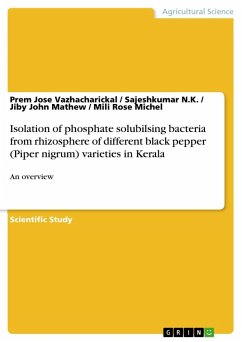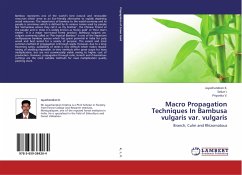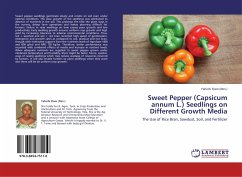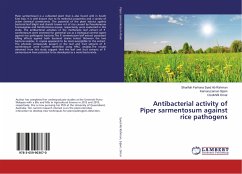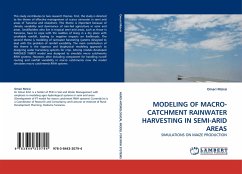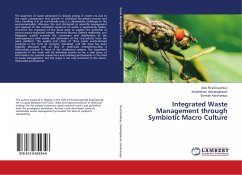
Macro Propagation of Black pepper (Piper nigrum L.)
As Influenced by Growth Media and Physiological Conditions of The Stock Plant.
Versandkostenfrei!
Versandfertig in 6-10 Tagen
32,99 €
inkl. MwSt.

PAYBACK Punkte
16 °P sammeln!
Black pepper (Piper nigrum L.), an economically important species of the family Piperaceae, is a perennial glabrous woody climber that yields the black pepper of commerce, which is profusely used as a culinary spice and condiment all over the world. Though it had been more than two decades, since it was introduced to Ethiopia, no work had so far been conducted to optimize the different factors involved in its vegetative propagation. Hence in this study, three levels of cutting position, two levels of physiological state of the stock plant at the time of collecting cuttings, and seven types of ...
Black pepper (Piper nigrum L.), an economically important species of the family Piperaceae, is a perennial glabrous woody climber that yields the black pepper of commerce, which is profusely used as a culinary spice and condiment all over the world. Though it had been more than two decades, since it was introduced to Ethiopia, no work had so far been conducted to optimize the different factors involved in its vegetative propagation. Hence in this study, three levels of cutting position, two levels of physiological state of the stock plant at the time of collecting cuttings, and seven types of growth media were evaluated. From this investigation, it can be deduced that better vegetative propagation of black pepper from leafless hardwood cuttings can be attained when basal cuttings were taken from actively growing stock plant and grown in 1:1 mixture of Fine sand:Forest soil and 1:1:1 mixture of Fine sand:Forest soil: Partially decomposed coffee husk.



